Since the beginning of photography, there have been portraits. In fact, the ability to capture a person in perfect likeness was one of the most exciting attractions of the new technology. And this excitement only grew.
We use photographs of people to remember them, adore them, idolise them, and even to question them- and these are the people that did it the best.
The following list comprises photographers that revolutionised how we picture and therefore see people, providing a new perspective on a familiar form.
Annie Leibovitz
Annie Leibovitz is an American photographer known for her celebrity portraits and editorial work for magazines like Vanity Fair and Rolling Stone. Her iconic images of famous figures have not only become part of popular culture they have shaped popular culture, creating a visual lexicon of how we imagine the rich and famous. Also, one of the rare few to convince Henri Cartier-Bresson to stand in front of the lens for once.
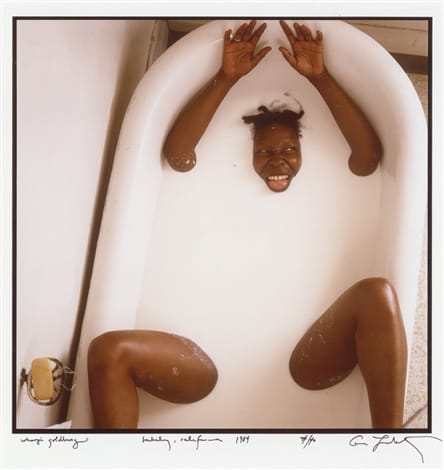
Richard Avedon
Richard Avedon (1923-2004) was an American photographer known for his portraits of celebrities and fashion models. His minimalist, high-contrast style has had a profound and last impact on fashion photography. He photographed pop icons and models, musicians and writers, soldiers and political activists, as well as members of his family. Fascinated by photography’s power to suggest personality, Avedon’s images register poses, hairstyles, and clothing as vital elements of an image by bending the rules of photographic composition, both in the street and in the studio, to a particular stylistic and narrative purpose.
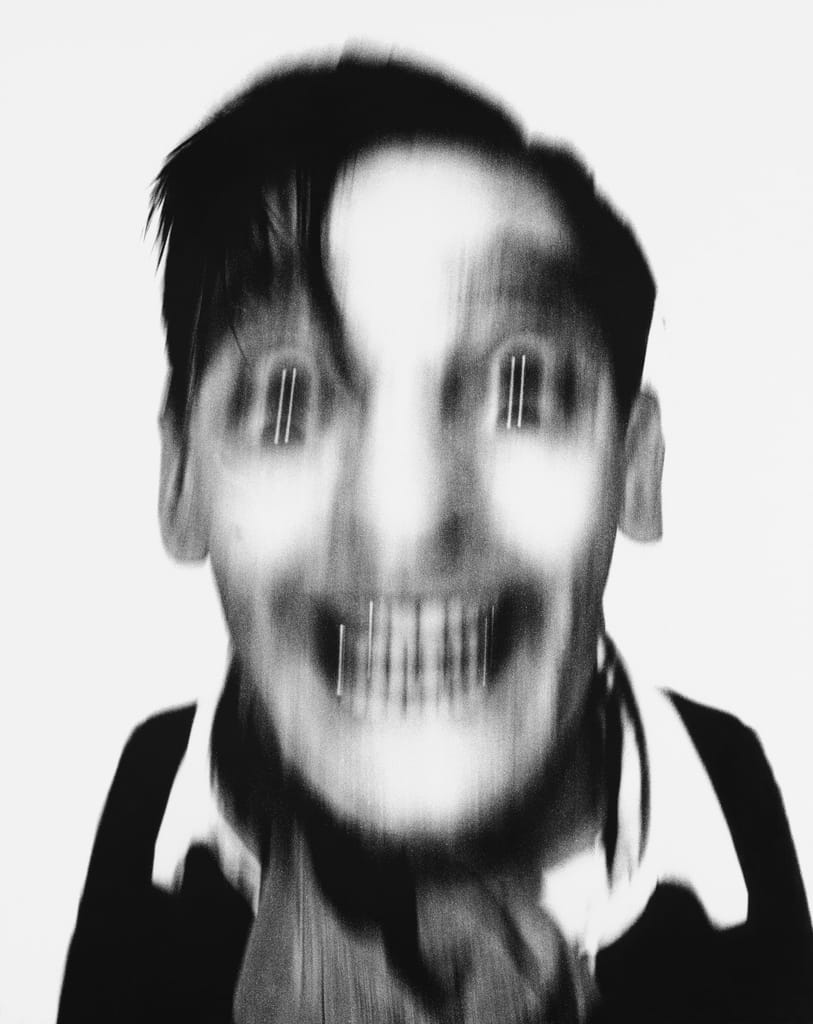
Tracey Moffatt
Filmmaker and photographer Tracey Moffatt is one of Australia’s most nationally and internationally successful artists, having held around 100 solo exhibitions of her work in Europe, the United States and Australia. Tracey Moffatt is known as a powerful visual storyteller, and many of her works have achieved iconic status around the world. She approaches all her work with a film director’s eye for setting and narrative, and her photographs play with a dynamic array of printing processes. Her oeuvre is dedicated to Aboriginal culture and addressing social issues facing indigenous communities.
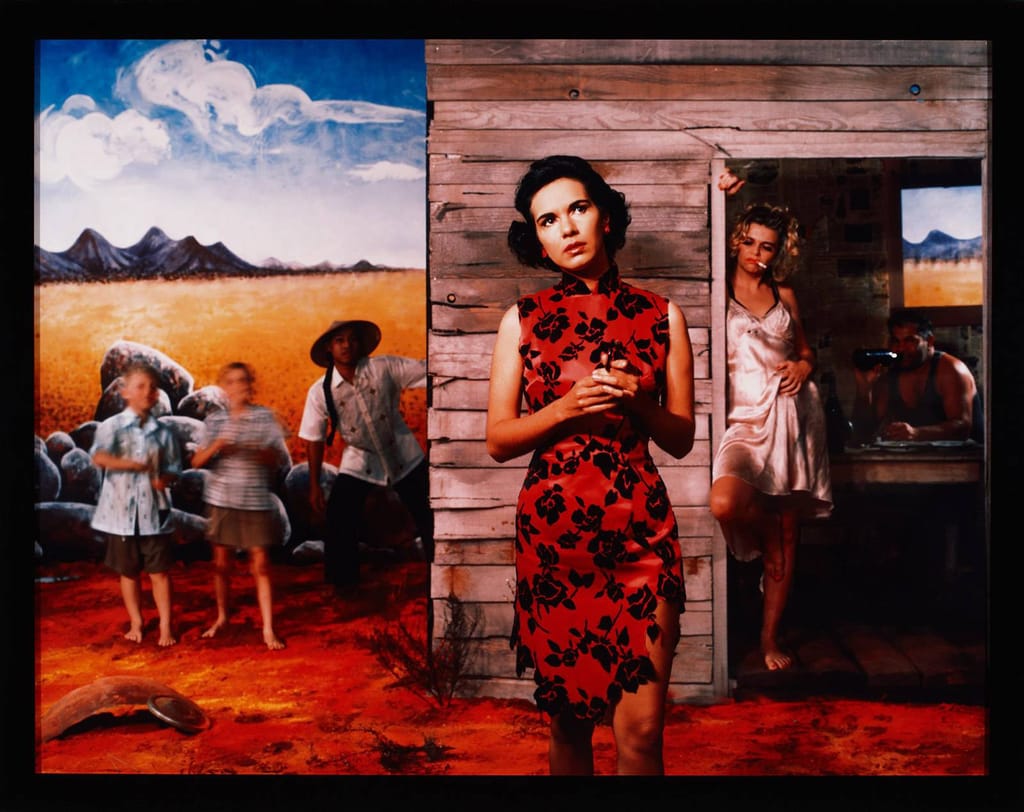
Irving Penn
Irving Penn photographed for Vogue and commercial clients in America and abroad for nearly 70 years. Whether an innovative fashion image or striking portrait each of Penn’s pictures bears his trademark style of elegant aesthetic simplicity. Ever the overachiever, Penn was also a master printmaker. Beginning in 1964, he pioneered a complex technique for making platinum-palladium prints, a 19th century print process to which he applied 20th century materials.
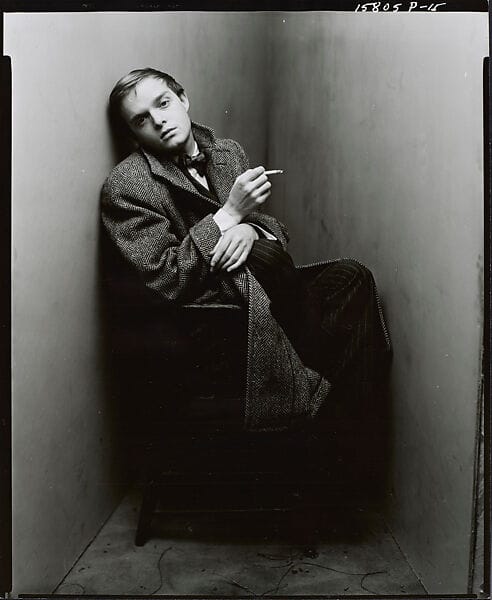
Diane Arbus
Diane Arbus (1923-1971) was an American photographer known for her portraits of people on the fringes of society, such as carnival performers, drag performers and nudists. Arbus typically gave her subjects the opportunity to present themselves as they saw fit. Arbus sought to find the beauty in adversity. She typically avoided cropping her photographs for emphasis, and instead printed the entire negative, a choice registered by irregular black borders surrounding the image. “For me the subject of the picture is always more important than the picture,” she said. “And more complicated.”
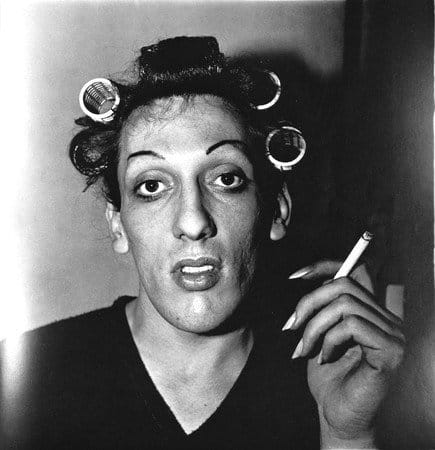
Yousuf Karsh
Yousuf Karsh (1908-2002) was an Armenian-Canadian photographer known for his portraits of politicians, artists, and celebrities. His images are characterized by the intense stripped-back focus on his subjects. Yousuf Karsh belongs to that small elite group of artists whose work has not only affected our perception of people and ideas but has also helped to influence the course of history. The publication of his famous photograph of Churchill on the cover of Life magazine in 1942 is generally accepted as having played a large part in diverting the attention of the American public to the plight of Britain and convincing them of their fighting spirit and determination to survive.
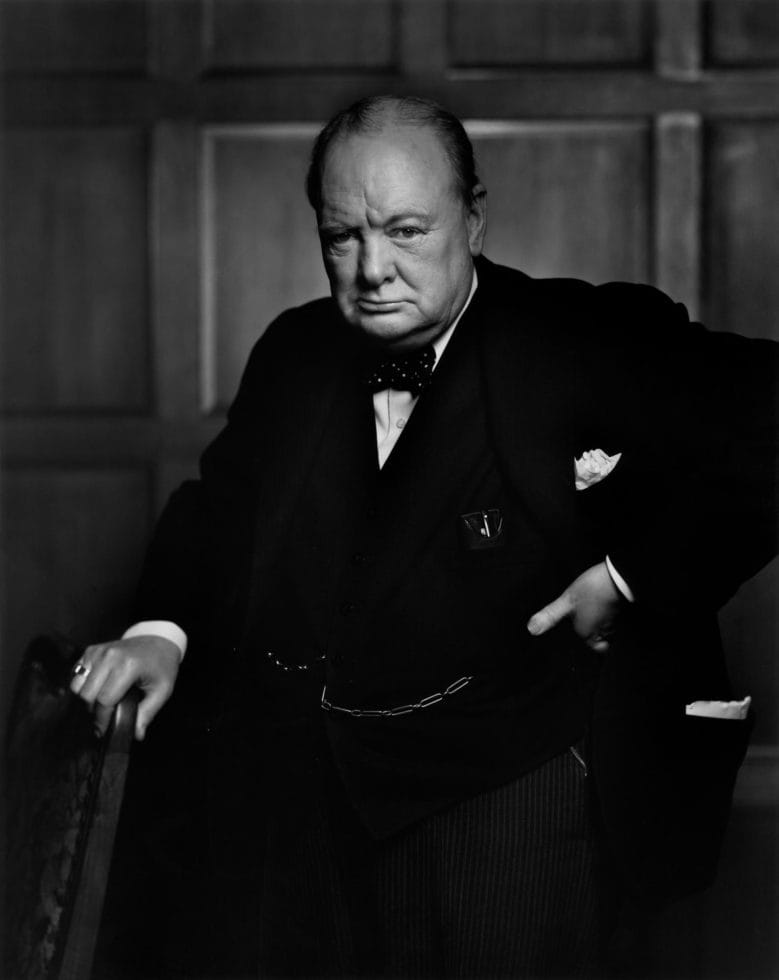
Cindy Sherman
Cindy Sherman is an American photographer known for her self-portraits that explore gender roles and cultural identity. Her images often feature her in various disguises and personas, challenging viewers’ assumptions and the prevalence of the male gaze. She is among the most significant artists of the Pictures Generation—a group that also includes Richard Prince, Louise Lawler, Sherrie Levine, and Robert Longo—who came of age in the 1970s and responded to the mass media landscape surrounding them with both humor and criticism, appropriating images from advertising, film, television, and magazines for their art.
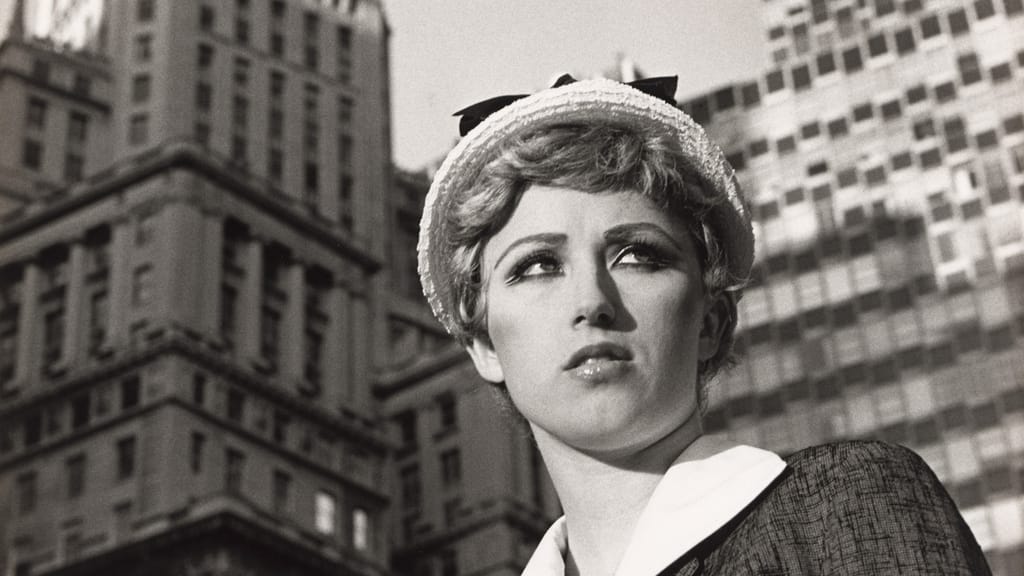
Herb Ritts
As a photographer of celebrities, Herb Ritts became a celebrity in his own right. He is known for his portraits of celebrities that feel intimate and genuine, demystifying the allure of an icon while still framing them as unattainable. Ritts rose to fame when his portraits of Richard Gere, taken at a California gas station while waiting to change a flat tire, wound up in Vogue, Esquire, and Mademoiselle.
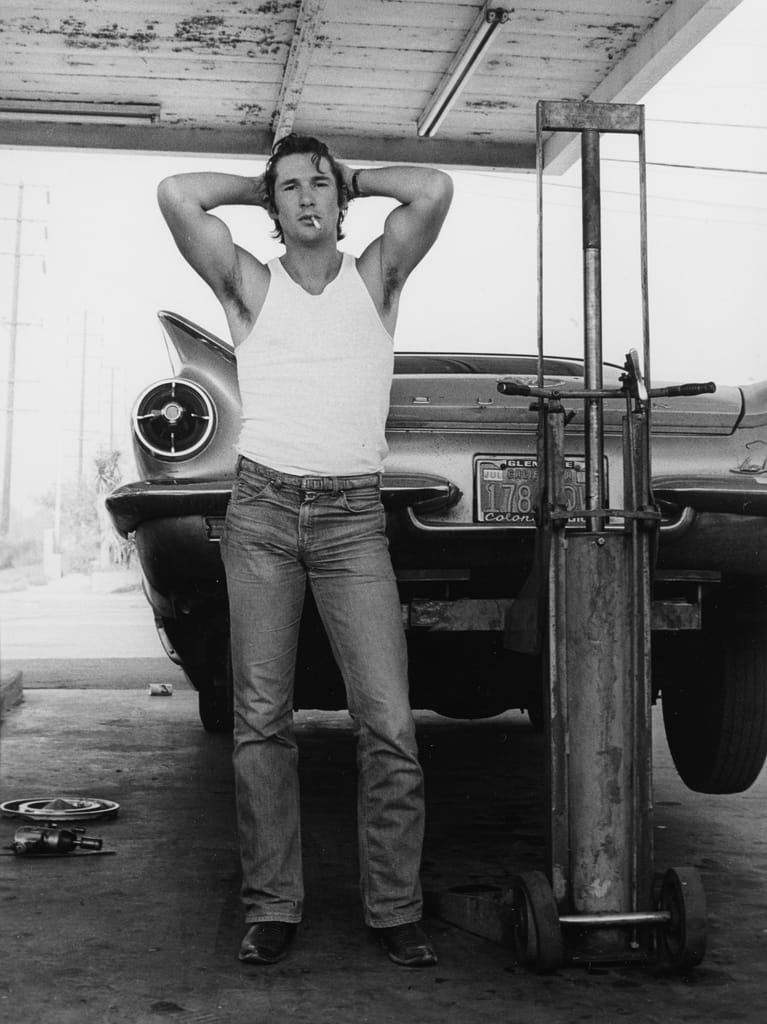
Julia Margaret Cameron
Although she would become one of Victorian Britain’s most famous photographers, Julia Margaret Cameron started taking pictures relatively late in life, at 48 years old. Cameron is best known today for her moving and sensitive portraits of eminent Victorians, such as Sir John F. W. Herschel. Her soft-focus style, ridiculed by many critics and photographers of the period who were devoted to sharp precision in photography, gives Herschel a timeless quality and emphasizes the essence of the man instead of transitory details.
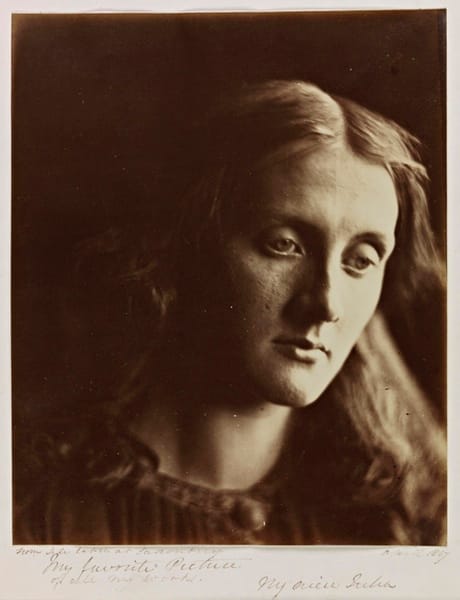
Arnold Newman
Arnold Newman (1918-2006) is widely renowned for pioneering and popularising the environmental portrait. With his method of portraiture, he placed his sitters in surroundings representative of their professions, aiming to capture the essence of an individual’s life and work. While he specialized in photographing artists, Newman captured the likeness of a vast range of figures, from athletes and actors to presidents and politicians.
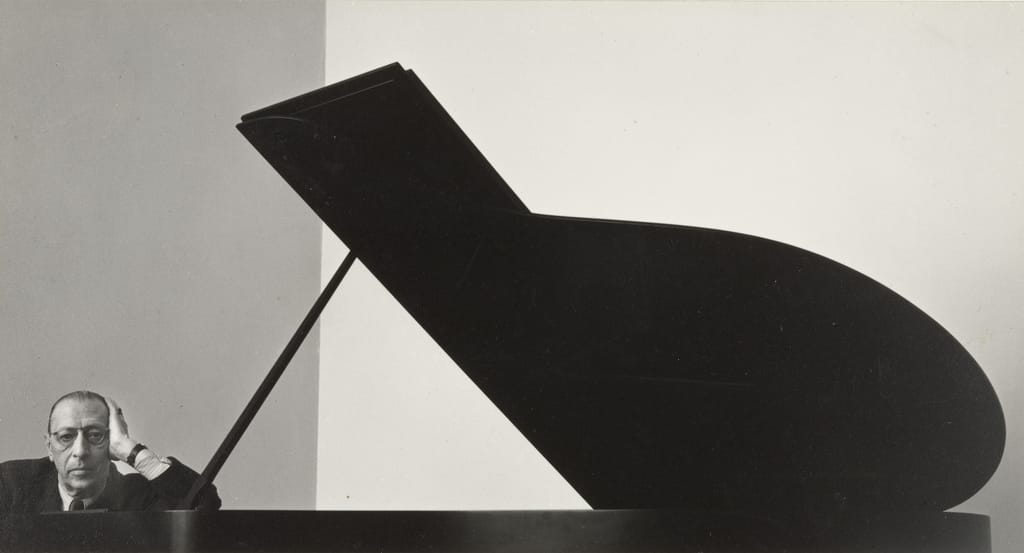
June Newton
Over several decades, June Newton a.k.a Alice Springs, created an extensive œuvre of important portraits. She left the overtly sexual and provocative productions to her husband, the prominent Helmut Newton. Her own creations bear witness to her remarkable ability to enter into dialogue with her protagonists and make them appear completely natural. Newton revolutionised the fashion/advertisement aesthetic, emboldening her models to have fun in front of the camera and create sexual situations rather than be victims to them.
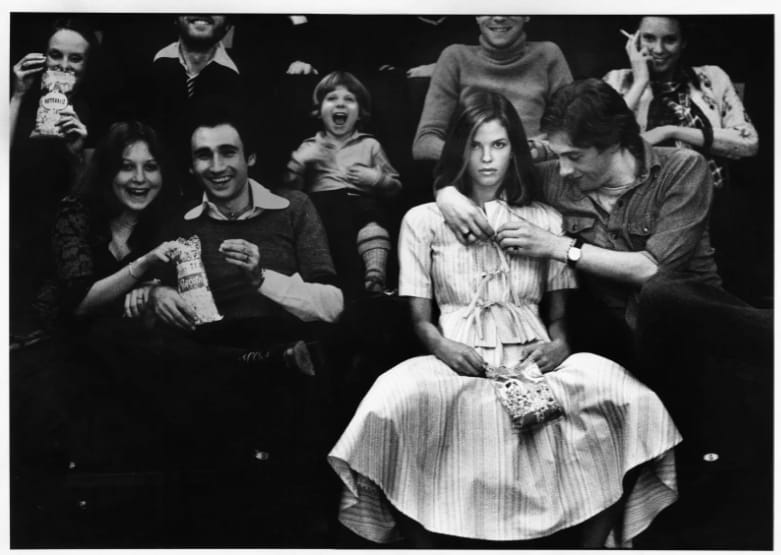
August Sander
August Sander (1876-1964) was a German photographer known for his portraits of ‘everyday’ people in Germany during the early 20th century. His work documents the diversity of human experience during a pivotal period in history. As a practitioner of New Objectivity, an avant-garde art movement that sought to depart from abstraction and artifice and return to realism, Sander wanted his photographs to expose truths. “Pure photography allows us to create portraits which render their subjects with absolute truth,” he said. “If we can create portraits of subjects that are true, we thereby in effect create a mirror of the times.”
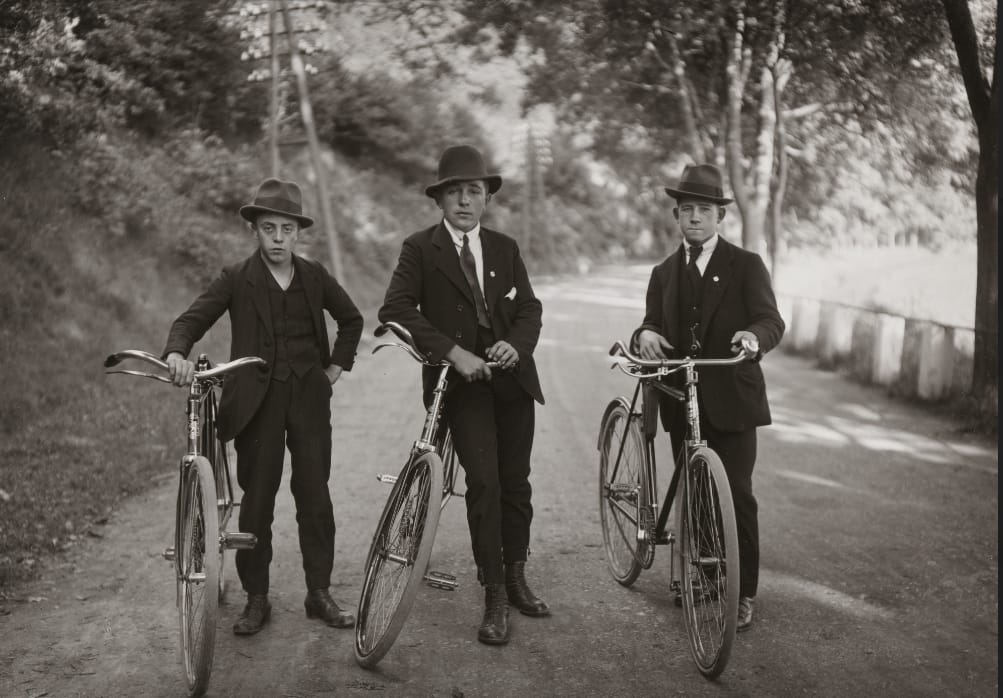
Philippe Halsman
Over the course of his prolific career, Philippe Halsman produced reportage and covers for most major American magazines, including a staggering 101 covers for Life magazine. His assignments brought him face-to-face with many of the century’s leading personalities, such Alfred Hitchcock, Barabara Streisand, JFK, Grace Kelly and of course his long and fruitful collaboration with Salvador Dali (and his moustache).
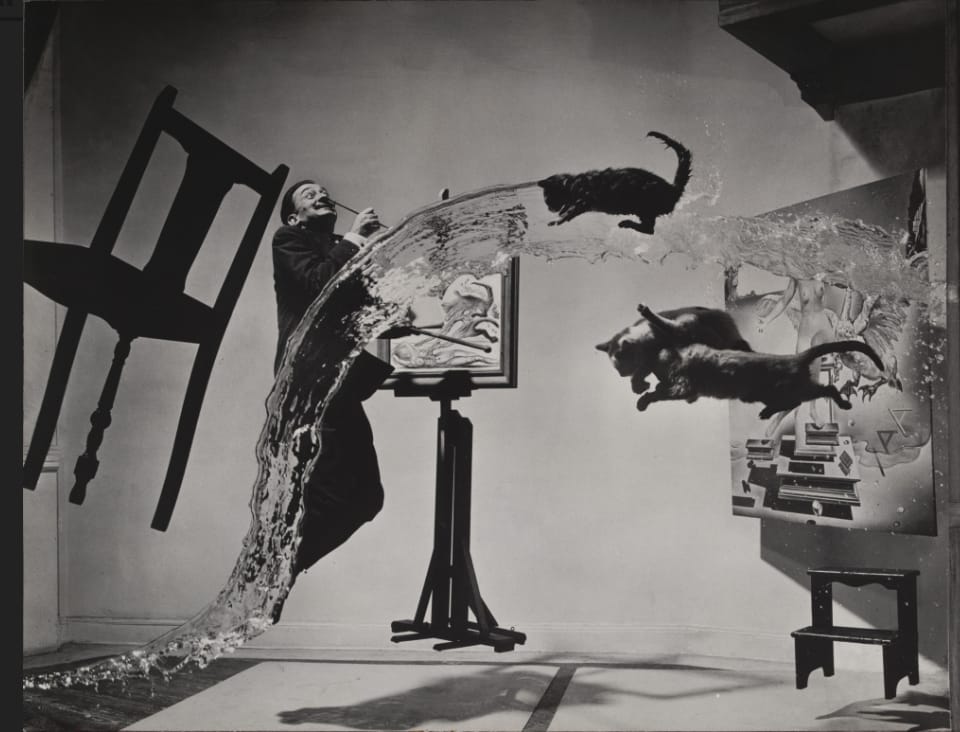
William Yang
Chinese-Australian photographer, William Yang is principally known as a photographer exploring issues of cultural and sexual identity, integrating this practice with writing, performance and film. Yang has devoted his career to creating an archive of Sydney’s gay history and happenings. Later in his career, Yang began to explore his Chinese heritage, and his photographic themes expanded to include landscapes and Chinese people living in Australia.
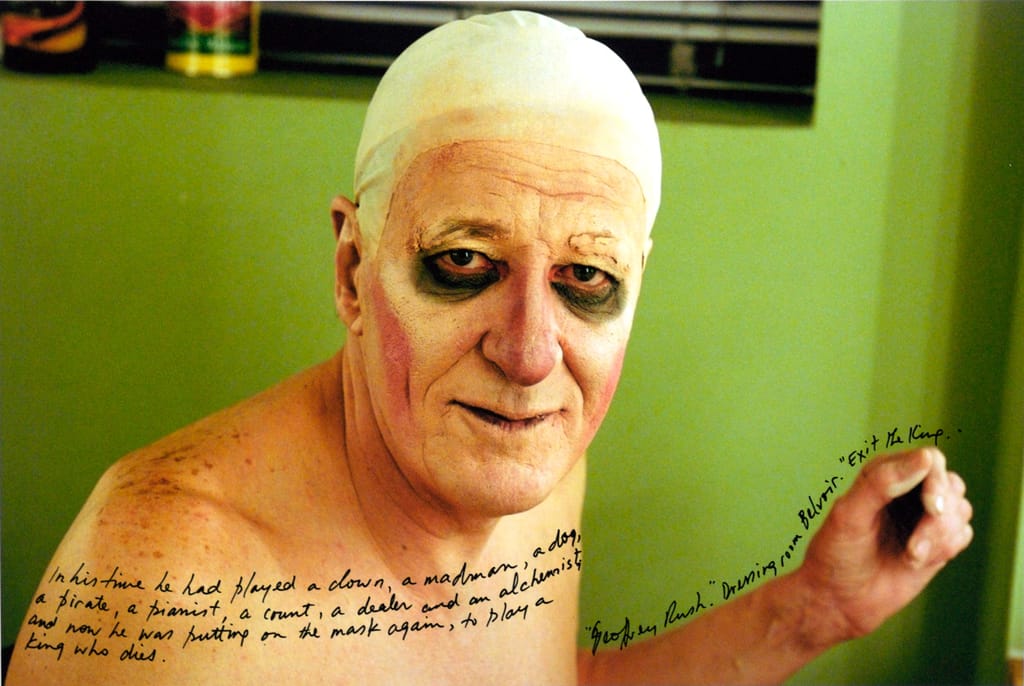
Ready to join their ranks? Enter the Head On Portrait Award here!
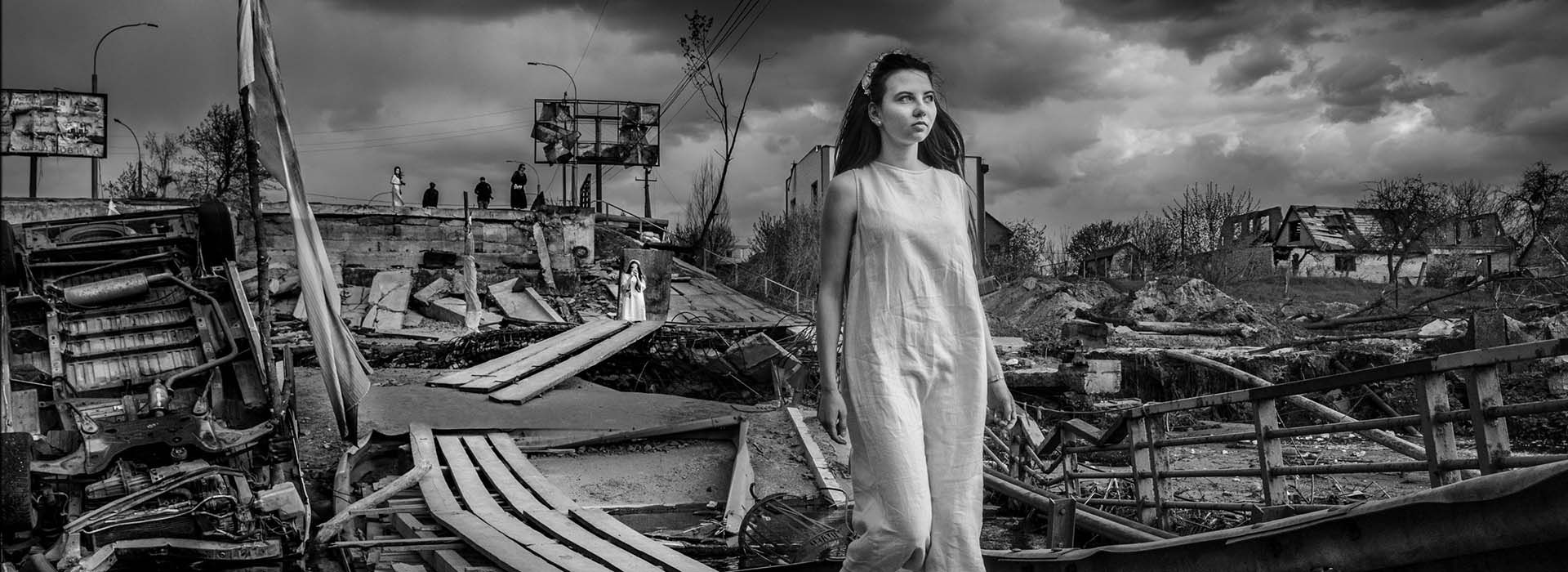









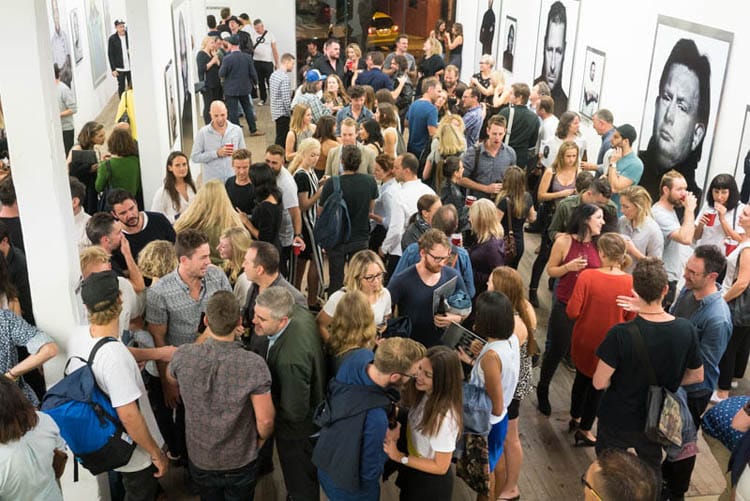
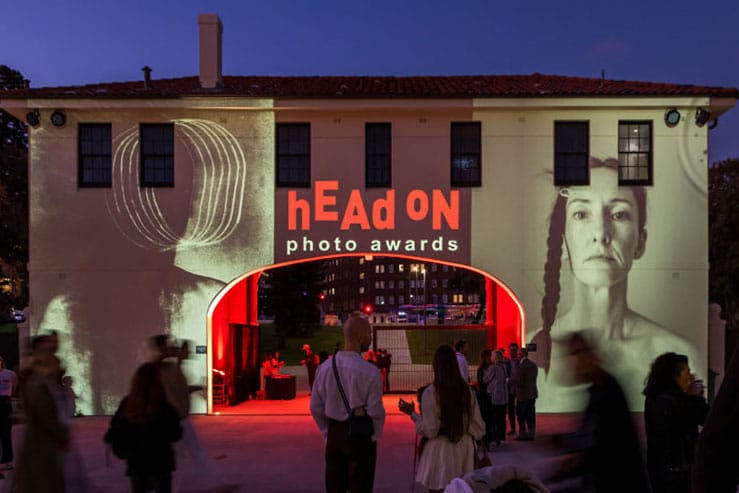
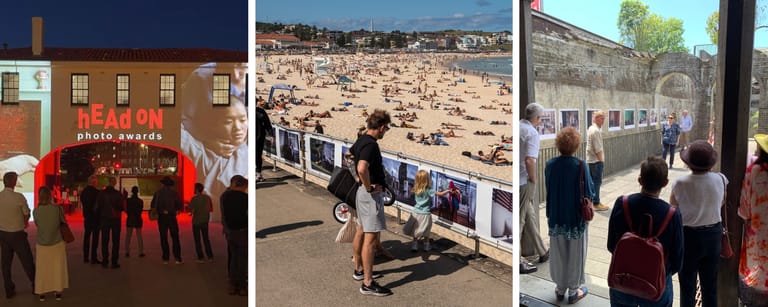
0 Comments